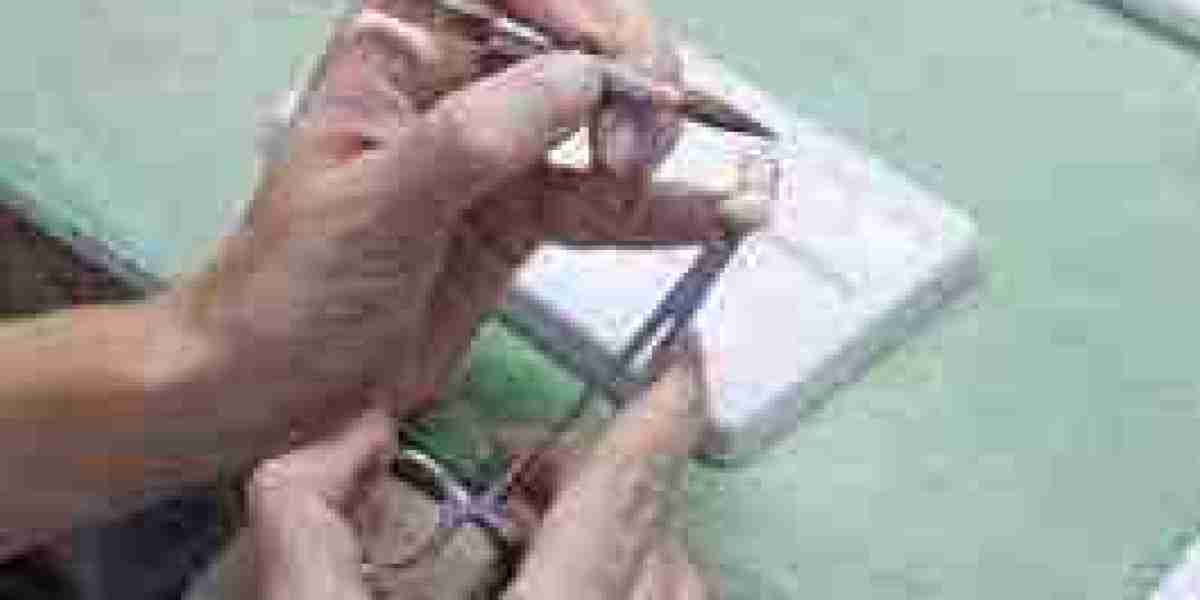The Dental Ceramic Market is undergoing a significant transformation as innovation continues to redefine the standards of modern dental restorations. From traditional ceramics to next-generation materials, the focus has shifted to smarter, more resilient, and aesthetically superior solutions. These innovations not only address the increasing demand for cosmetic dentistry but also improve long-term functionality, biocompatibility, and patient satisfaction.
Breaking Beyond Tradition
Historically, dental ceramics were limited in their application due to brittleness and lower tensile strength. However, rapid technological progress has led to the development of materials like zirconia and lithium disilicate that offer high strength without compromising on appearance. These advanced ceramics allow dental professionals to perform full-arch restorations, bridges, crowns, and veneers that stand the test of time while mimicking natural teeth with astonishing accuracy.
Zirconia, in particular, has emerged as a game-changer. Known for its incredible toughness and ability to withstand occlusal forces, it is now commonly used in both posterior and anterior restorations. Meanwhile, lithium disilicate is valued for its translucency and is often used in cosmetic restorations where aesthetics are paramount.
Smarter Fabrication with CAD/CAM Technology
One of the most notable advancements in the Dental Ceramic Market is the integration of digital workflows—specifically CAD/CAM systems. These systems enable precise, computer-aided design and manufacturing of ceramic restorations, reducing manual errors and turnaround times significantly. What once took several appointments can now often be achieved in a single visit with same-day ceramic crowns.
These technologies are being adopted across dental clinics and labs, improving consistency in quality and ensuring restorations are crafted to the patient’s exact dental anatomy. Innovations in software have even introduced AI-supported design tools that assist dentists in making better, faster clinical decisions.
Nanotechnology and Enhanced Performance
Recent breakthroughs in nanotechnology have opened up new avenues for ceramic materials. The addition of nanoparticles enhances the mechanical properties of ceramics, improving their fracture resistance, surface smoothness, and wear resistance. These properties are particularly useful in high-stress environments like molar restorations, where traditional ceramics would typically show signs of wear or crack over time.
This level of durability, combined with improved aesthetics and safety, makes nano-ceramics one of the most promising developments in dental restoration science.
Biocompatibility: A Non-Negotiable Priority
Biocompatibility remains at the core of material selection in dentistry. Modern ceramics are non-toxic, hypoallergenic, and exhibit excellent integration with surrounding gum tissue. Patients who may have allergic reactions to metals or experience gum discoloration from metal-based restorations are now turning to ceramic alternatives for their restorations.
In fact, many dental clinics now market metal-free dentistry as a premium service—reflecting the value placed on safety and natural integration.
Eco-Conscious Dentistry and Sustainable Materials
Today’s patients and practitioners are more eco-aware than ever, and sustainability is beginning to influence material choice. Ceramics require less environmental extraction compared to metal alloys and don’t release harmful byproducts during use. Moreover, as digital production methods reduce material waste and energy consumption, dental ceramics are becoming an increasingly eco-conscious option in restorative dentistry.
This convergence of environmental sustainability and superior clinical performance further strengthens the appeal of ceramics among dental professionals and patients alike.
Future Trends and What’s Next
The horizon for the Dental Ceramic Market is filled with promising innovations. Research into hybrid ceramic materials is gaining momentum, with combinations of resin and ceramic matrices aiming to deliver the best of both worlds—flexibility and strength. Meanwhile, smart ceramics that can interact with the oral environment to release fluoride or resist bacteria are also under development.
Another key trend is personalization. As 3D printing becomes more refined and accessible, the possibility of patient-specific ceramic implants and restorations crafted chairside is becoming a near-future reality.
Conclusion
The Dental Ceramic Market stands at the crossroads of innovation, aesthetics, and clinical excellence. With advancements spanning from material science to digital fabrication and biocompatibility, ceramic restorations are no longer just an option—they're becoming the standard in quality dental care. As patient expectations evolve and dental technologies advance, ceramics will continue to lead the way in restoring not just smiles, but confidence and comfort.




